What is Allowance For Doubtful Accounts?
Content

It indicates how much bad debt the company actually incurred during the current accounting period. The AR aging method works best if you have a large customer base that follows multiple credit cycles. Using the example above, let’s say that a company reports an accounts receivable debit balance of $1,000,000 on June 30. The company anticipates that some customers will not be able to pay the full amount and estimates that $50,000 will not be converted to cash. Additionally, the allowance for doubtful accounts in June starts with a balance of zero.
- The direct write-off method is when the bad debt is directly charged to the expense line as soon as the business realizes that a particular invoice will not be paid.
- Because the allowance for doubtful accounts account is a contra asset account, the allowance for doubtful accounts normal balance is a credit balance.
- In the percentage-of-receivables method, the company may use either an overall rate or a different rate for each age category of receivables.
- The third method takes the most granular approach yet by assigning personalized default risk percentages to each customer based on historical trends.
Two primary methods exist for estimating the dollar amount of accounts receivables not expected to be collected. Companies technically don’t need to have an allowance for doubtful account. If it does not issue credit sales, requires collateral, or only uses the highest credit customers, the company may not need to estimate uncollectability. This expense along with others will be subtracted from sales revenues on the Income statement, thereby lowering Net income . Although Pareto Analysis has been mentioned as a way to estimate the allowance for doubtful accounts, it is, in fact, a good way to determine which doubtful accounts to focus on for collection efforts. It is not as effective as a method for estimating how much of an allowance for doubtful accounts you should make.
Adjusting the Allowance
If sales are $10,000,000 and it is estimated that 2% of that will be uncollectible, then $200,000 will be estimated as an allowance for bad debt. Because customers do not always keep their promises to pay, companies must provide for these uncollectible accounts in their records. The direct write-off method recognizes bad accounts as an expense at the point when judged to be uncollectible and is the required method for federal income tax purposes. The allowance method provides in advance for uncollectible accounts think of as setting aside money in a reserve account.
- In accrual-basis accounting, recording the allowance for doubtful accounts at the same time as the sale improves the accuracy of financial reports.
- She has taught English and Business English to university students in Mexico, China and Brazil.
- To reverse the account, debit your Accounts Receivable account and credit your Allowance for Doubtful Accounts for the amount paid.
- B. Prepare the journal entry for the income statement method of bad debt estimation.
To illustrate, let’s continue to use Billie’s Watercraft Warehouse as the example. BWW estimates that 5% of its overall credit sales will result in bad debt. The credit balance in this account comes from the entry wherein Bad Debts Expense is debited. The amount in this entry may be a percentage of sales or it might be based on an aging analysis of the accounts receivables .
A Comparison of Methods: Allowance for Doubtful Accounts vs. Trade Credit Insurance
Now, to account for the $100,000 that will not be converted into cash, the business has to pass a journal entry like debiting the bad debt expense by $100,000 and crediting the allowance for a doubtful account by the same value. When this accounting entry is passed, the total account receivable on the balance sheet will be $400,000 and is known as the net realizable value of accounts receivables. The estimation is typically based on credit sales only, not total sales . In this example, assume that any credit card sales that are uncollectible are the responsibility of the credit card company. It may be obvious intuitively, but, by definition, a cash sale cannot become a bad debt, assuming that the cash payment did not entail counterfeit currency.
- Then create an average amount of money lost over the number of years measured.
- It adds a significant delay between recognizing revenue from a transaction and identifying all expenses connected with that same transaction.
- You will deduct AFDA from the overall AR balance when calculating the total asset value of AR on your balance sheet.
- Date Account Debit Credit Explanation June 30 Bad Debt Expense $500 Write-off John Doe’s Account Accounts Receivable $500 Write-off John Doe’s Account The direct write-off method is often used by companies on their tax returns.
- The Allowance Method is used to estimate the amount of uncollectible A/R for an accounting period before the actual amount is actually known.
- Assuming that credit is not a significant component of its sales, these sellers can also use the direct write-off method.
They look at the past results and determine what percentage of bad debts happened in the past year. It may sound like a simple act, but it’s not a suitable method if you’re looking for accuracy. If the doubtful debt turns into a bad debt, record it as an expense on your income statement. When you create the allowance for doubtful accounts an allowance for doubtful accounts, you must record the amount on your business balance sheet. Use an allowance for doubtful accounts entry when you extend credit to customers. Although you don’t physically have the cash when a customer purchases goods on credit, you need to record the transaction.
Where is allowance for doubtful accounts on the balance sheet?
Allowance for doubtful accounts fall under the contra assets section in the balance sheet, meaning it can either be zero or negative.
